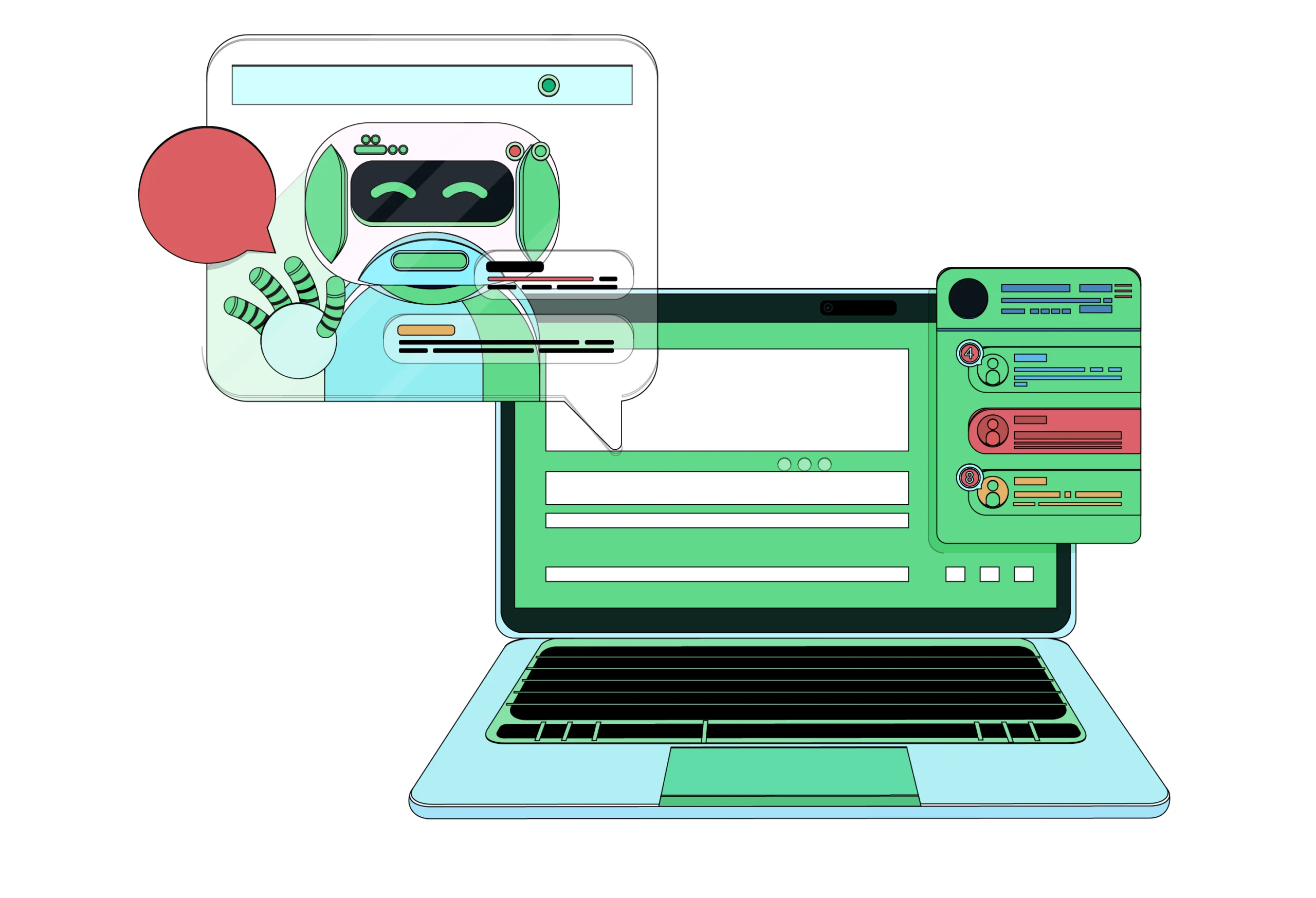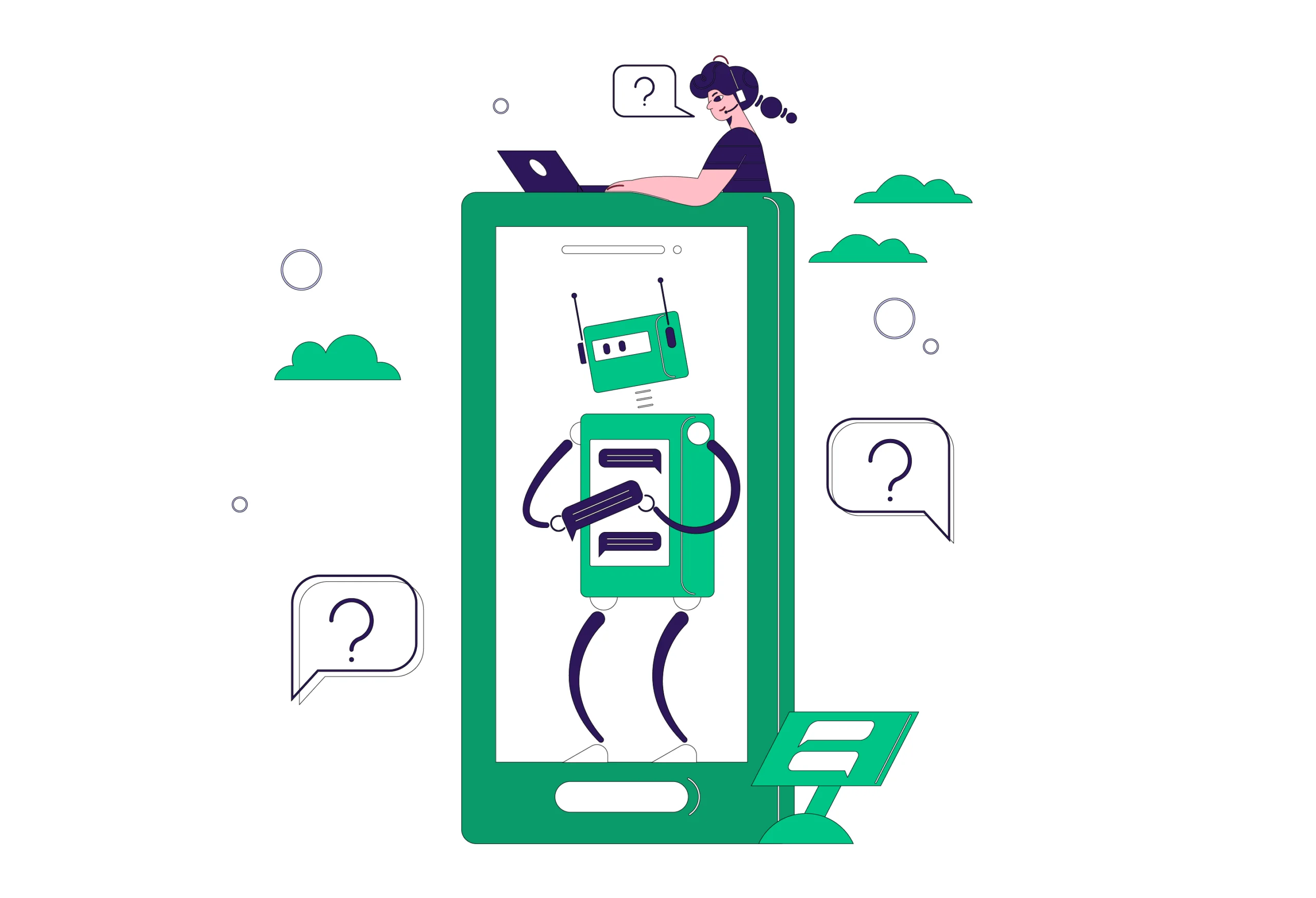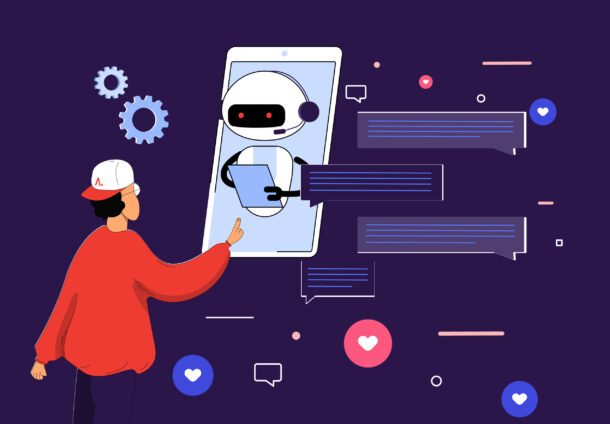An Intellectual Journey through the Multifarious Realms of Chatbot Classifications
Chatbots are intelligent computer programs that use natural language processing and artificial intelligence. These virtual assistants mimic human-like conversations via text or voice interactions, offer real-time support, carry out a wide range of functional tasks, and one of their most important features is that they can work around the clock, responding quickly and individually to user inquiries. Chatbots improve customer engagement, expedite procedures, and add a substantial amount of efficiency. There are different types of chatbots, which can manage several conversations at once to provide scalable and affordable solutions for companies in a variety of sectors. Chatbots are essential for multichannel communication because they maintain consistent brand messaging across multiple channels, from continuous customer support to lead generation and data analytics.  Although chatbots are a useful tool, there is still much to be done to strategically deploy them, adjust them to various settings, and reorganize digital communication and customer support settings.
Although chatbots are a useful tool, there is still much to be done to strategically deploy them, adjust them to various settings, and reorganize digital communication and customer support settings.
This in-depth guide investigates the realms of chatbots and their purposes. Starting with chatbots that follow preset rules, we move on to types of AI chatbots that have machine learning capabilities for interactive experiences. Chatbots for customer service, communication, and virtual assistants are designed to meet specific business needs and boost productivity and customer happiness. Chatbots for social media, information, and entertainment are turning these conversational workers into platforms and giving companies new ways to communicate with customers. They will be able to complete the task by strategically utilizing these kinds of business chatbots to transform customer interactions and operational procedures in our constantly changing digital environment.
A Prolific Inquiry into the Multifarious Types of Chatbots
Rule-based chatbots are conversational operators. They work within set parameters and make their decisions based on predefined questions and keywords. As far as simple information retrieval and structured interactions, such as answering common questions, are concerned, these bots perform well. Chatbots with artificial intelligence use machine learning to understand and reply to user input. Due to NLP and NLU technologies, these bots can understand contexts, which allows them to manage more advanced AI conversations. Virtual Assistants Chatbots carry more than just simple conversations. They can arrange appointments, set alerts, and even shop online for the user. Examples of virtual assistants include Siri, Google Assistant, and Alexa. These chatbots are highly efficient in multitasking and can be integrated into different applications and devices for a smooth end-user experience. Interactive chatbots are oriented toward communication and business-related activities. These different types of chatbots are widely used in e-commerce to perform functions like order processing, payment management, and shipment tracking.
Chatbots for customer service are designed to respond to questions, solve problems, and provide support. This type of chat bot addresses frequently asked questions promptly, these bots allow human agents to focus on more complicated issues. On the other hand we have Social Media Chatbots, which increase social media’s power. Companies are engaging with customers on Facebook Messenger and Twitter by applying chatbots. With the help of messaging apps, social media chatbots can process orders, collect data, and even provide information. Information chatbots: The news chatbots are intended to give users precise information. These bots serve as a source of information on the latest news, weather projections, or even trivial questions. They offer precise and up-to-date information, so they become an important source for users who need quick answers or current news on issues. Entertainment chatbots make playful and fun conversations. Such bots tend to be humorous and use games and interactive content for user engagement. It is usually included in marketing campaigns to develop effective brand messages that will stick with the audience, ensuring a positive relationship.
The Business Alchemy of Chatbots Enhanced by Live Agent Expertise
Artificial intelligence (AI) and human interaction are combined in chatbots that use live agent interaction to improve user experience. These cutting-edge systems are made to involve users, fit in with support requirements seamlessly, and analyze media while regularly monitoring process flow and ensuring a seamless transition to the Live Agette. This dynamic collaboration between chatbots and live agents to process critical information and provide an understanding that many machines will struggle to find not only improves the quality of customer support but also increases productivity. It addresses ready-made complex topics and the concept of knowledge and emotional intelligence. These list of chatbots respond to commonly asked questions, freeing up human agents to work on more difficult but worthwhile tasks. Chatbot applications are evolving along with businesses.  Versatile chatbots are revolutionizing the digital world with their ability to create AI-powered virtual assistants and rules-based systems. Businesses looking to use chatbots to boost customer engagement and operational efficiency should be aware of the various kinds and uses of these tools.
Versatile chatbots are revolutionizing the digital world with their ability to create AI-powered virtual assistants and rules-based systems. Businesses looking to use chatbots to boost customer engagement and operational efficiency should be aware of the various kinds and uses of these tools.
Firstly, by answering questions instantly, chatbots significantly enhance customer service. Customers want prompt responses in today’s hectic world, and chatbots are excellent at giving them. They create a seamless and instantaneous customer experience, eliminating the frustration of having to wait for a human representative. Additionally, by responding to common queries and handling repetitive tasks, chatbots boost efficiency. By concentrating on more difficult and valuable tasks, human resources are able to increase productivity. In addition to saving time, automating repetitive tasks lowers operating expenses for companies. The personality of chatbots is another key factor in its effectiveness. Through machine learning, chatbots can analyze customer preferences and behaviors, and tailor interactions to individual needs. This personalization creates a sense of relationship and improves customer satisfaction, leading to loyalty and repeat business. Chatbots also help with lead generation and sales by interacting with website visitors and guiding them through the sales funnel. They can generate qualified leads, provide product information, and even facilitate communication, thereby generating revenue for businesses.
A Deconstruction of AI-Powered Decision Frameworks within Chatbot Architectures
Decision making in AI-driven chatbots requires a combination of pre-defined rules and learned systems. Developers define a set of rules to guide the behavior of the chatbot in a specific situation. For example, if someone asks about hours of operation, the chatbot is programmed to recognize this concept and respond with appropriate information. On the other hand, machine learning enables chatbots to handle more complex situations. By participating in conversations, chatbots learn to adapt to new situations by making their general sense. This flexibility enables chatbots to provide appropriate answers even to questions they haven’t explicitly encountered. One of the key features of Conversational AI is continuous learning. As they interact with users, they collect real-time feedback to shape their responses and enhance their decision-making capabilities. This iterative learning process allows chatbots to evolve over time, improving their accuracy and effectiveness.
Rule-based chatbots are useful for a particular task and adhere to preset rules. They follow the guidelines set forth by their systems and don’t alter them. Conversely, AA-based chatbots learn from user interactions and comprehend context through machine learning. They get better at managing discussions and crafting their answers. Input, output, and output are all involved in the communication process. The chatbot uses AI algorithms or its preprogrammed rules to process messages that you enter. The response is then arranged using the information that has been processed to create the final product. With every interaction, this cycle is repeated, giving the chatbot constant opportunities to enhance its comprehension and conversational abilities. Voice assistants, messaging applications, and websites have all implemented chatbots. By offering immediate feedback, automated services, and tailored communication, they improve the user experience.
A Spotlight on Pattem Digital’s Unmatched Chatbot Artistry
Successful integration of chatbots into business processes necessitates careful consideration of particular requirements and goals. With the ability to drive sales through interactive communication, facilitate customer support, and create memorable brand experiences, the correct list of chatbots can make a big difference in user happiness and engagement.
We are the industry to meet the specific needs of customers in a variety of industries because we have a thorough understanding of various chatbot functions. Our Chatbot services offer customers to get specialized solutions that are matched to their unique objectives. AI-powered customer support chatbots are ideal for businesses looking to streamline customer interactions because they are adept at answering questions, resolving issues, and offering prompt assistance to boost productivity and customer satisfaction. More significantly, We offer tailored solutions that align with the objectives rather than merely offering chatbot services. Our commitment to innovation, combined with our proficiency in AI-enabled technologies and rules-based systems, enables businesses to stay ahead of the curve in the rapidly changing digital landscape. Chatbots are a useful tool for businesses and users because they can make human-like conversations even though they might not have true logic or insight.





